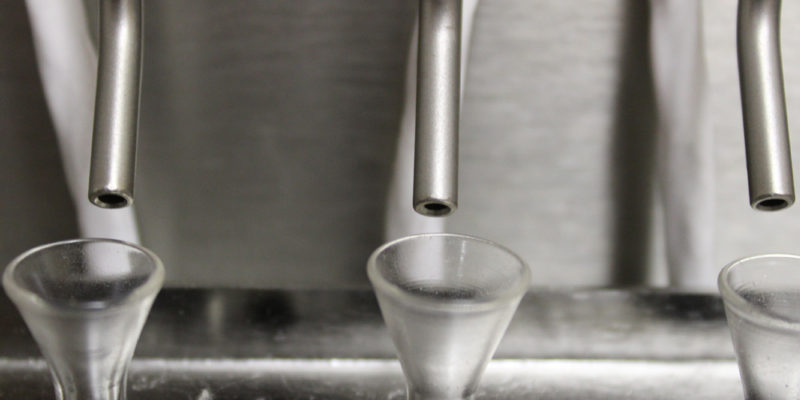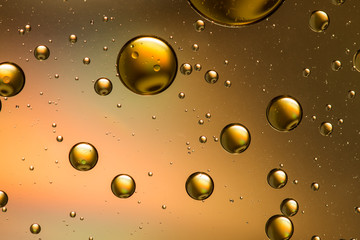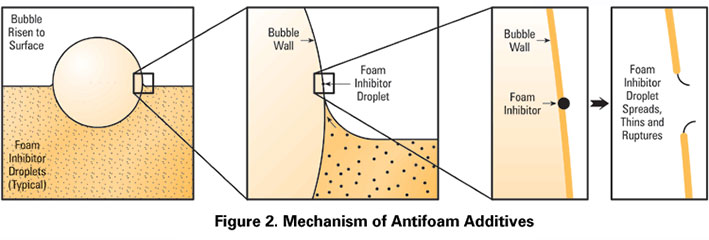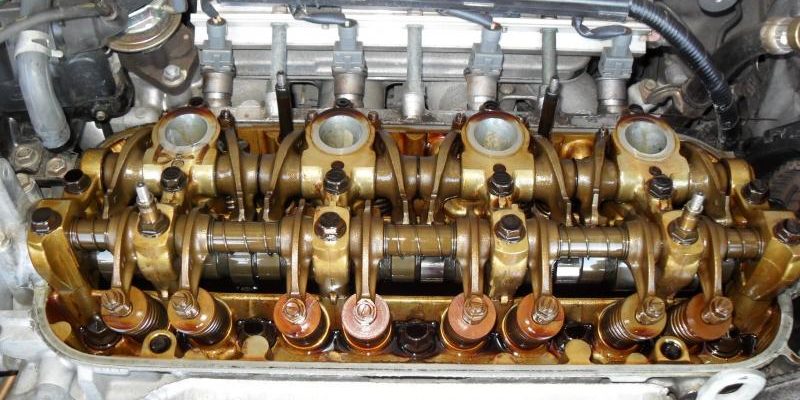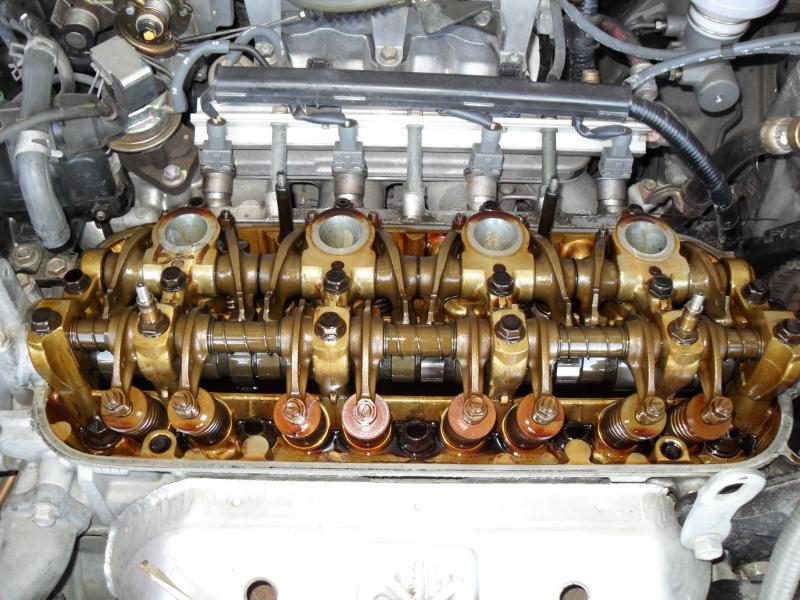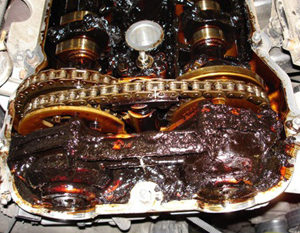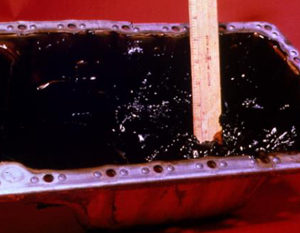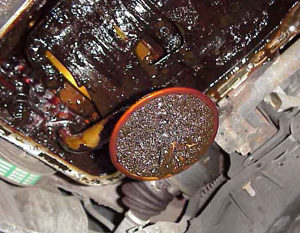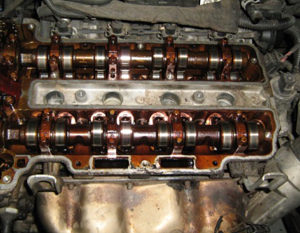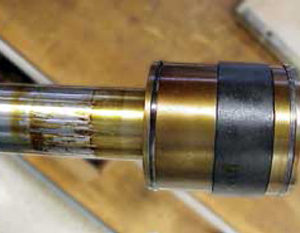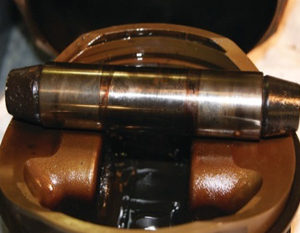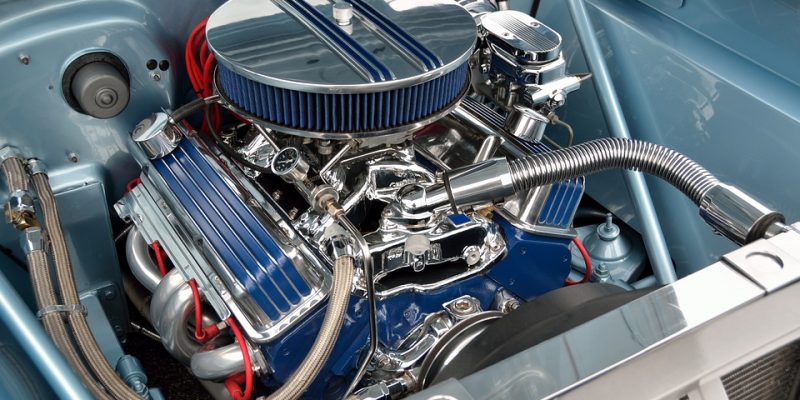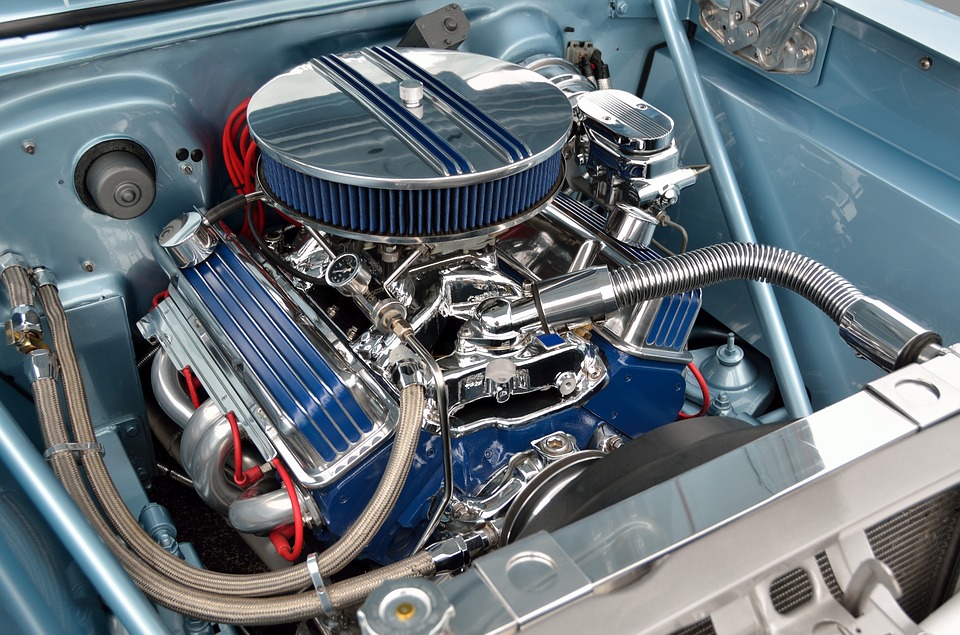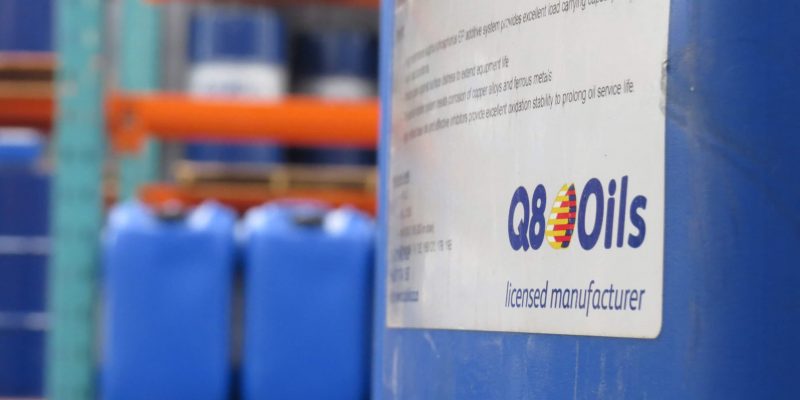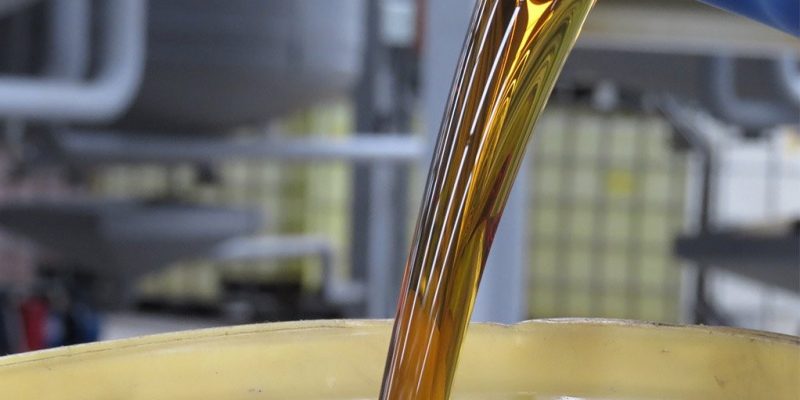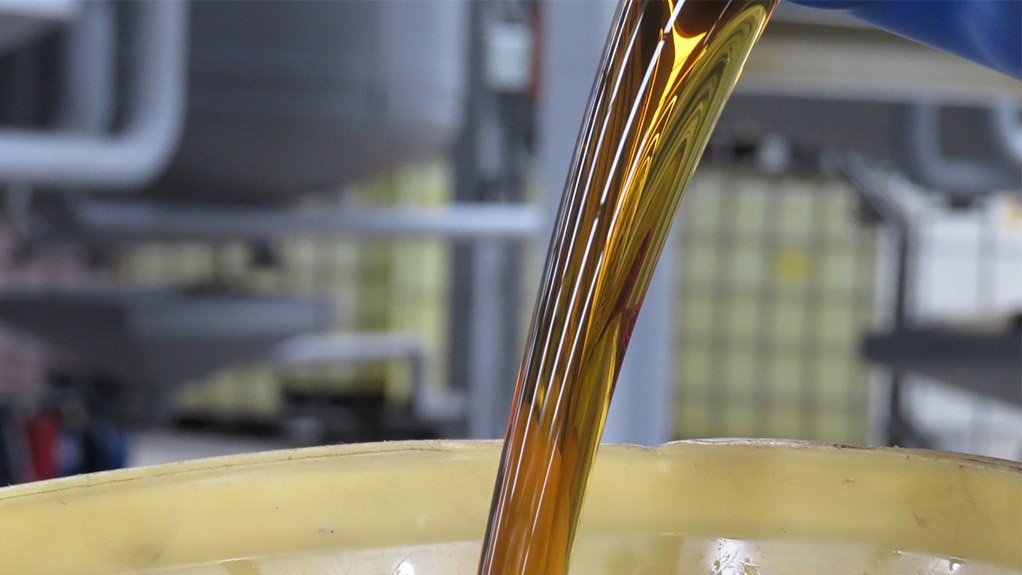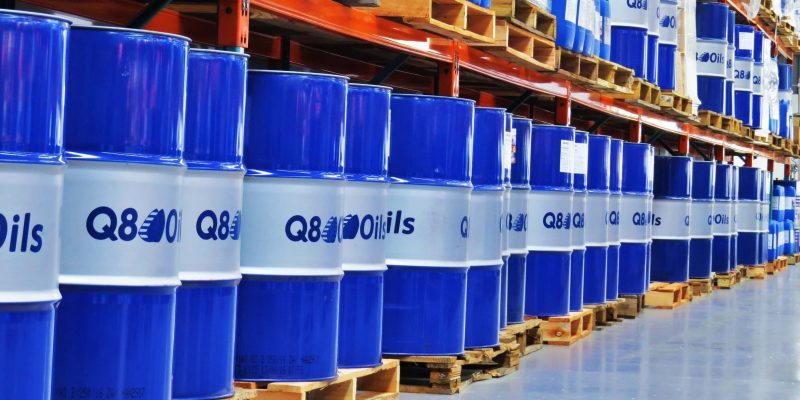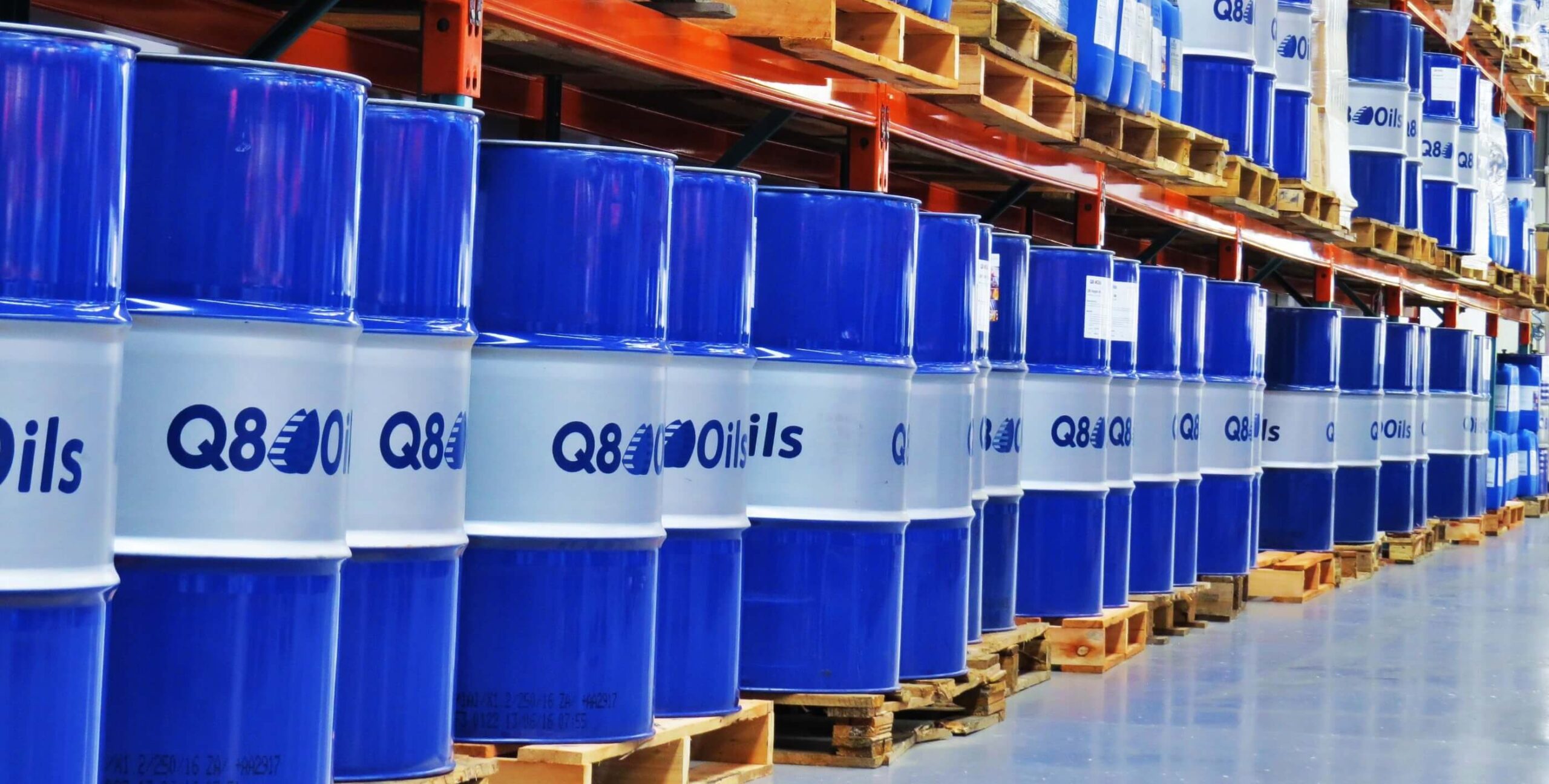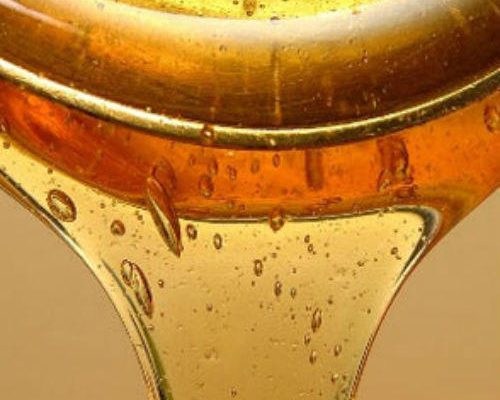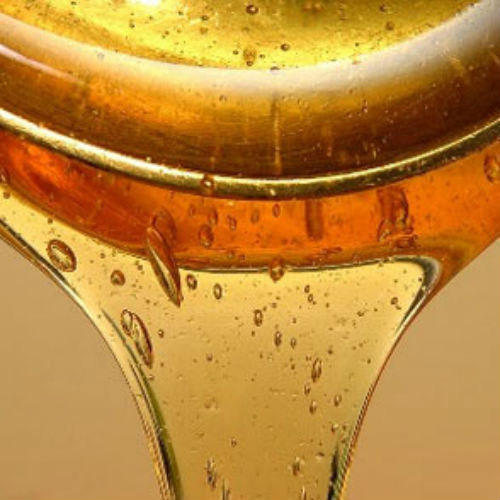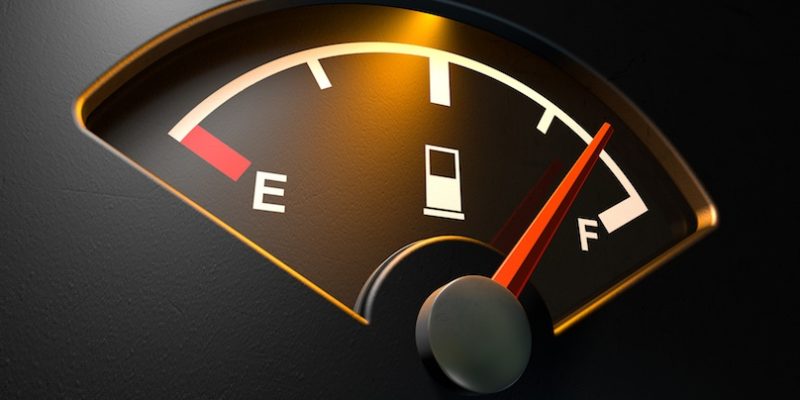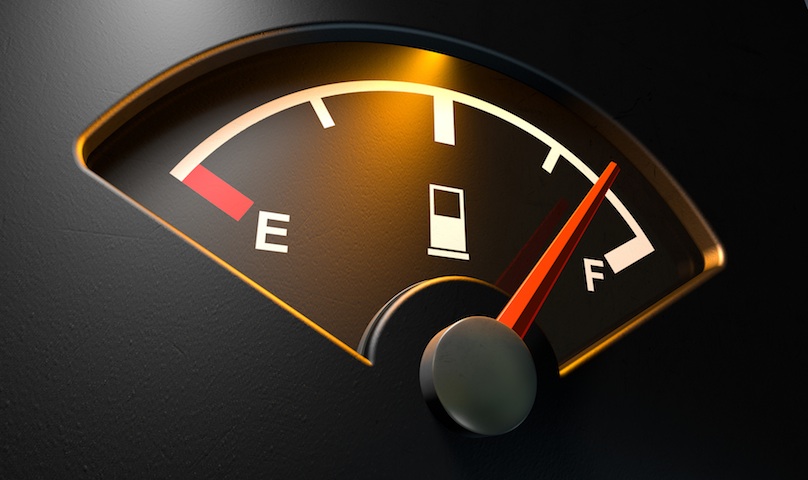
This edition of OilChat commemorates the fourth anniversary of our newsletter. In the very first issue we addressed the various types of Lubricating Base Oils. Base oils are of prime importance since they are the foundation of all lubricants. Considering the number of new visitors to our website and the amount of enquiries we receive regarding base oils, we have deemed it appropriate to revisit the topic, synthetic base oils in particular.
The American Petroleum Institute (API) categorizes hydrocarbon based oils into four main groups. The classifications are based on the refining method and the properties of base oil, including viscosity index (VI), saturates and sulphur content. Base oils that are not included in the first four groups are incorporated in a fifth group.
Group I is the least refined type and consists of conventional petroleum (mineral) base oils, normally produced by Solvent Refining i.e. a solvent extraction process to remove various undesirable compounds and impurities from the base oil. Group I base oils are straw to light brown in colour and typically have a VI somewhere around 100.
Group II represents a better grade of mineral base oil and is normally produced by Hydrocracking. One of the advantages of hydrocracking is its ability to remove most of the remaining unstable aromatic (unsaturated) hydrocarbons and sulphur. With the majority of the undesirable compounds removed they are more stable and have a much clearer colour. Group II base oils typically have a viscosity index of 110 with some high quality oils having a VI of more than 115. They are becoming very common on the market today and are priced very close to Group I base oils.
Group III is the best quality petroleum base oils. They are produced by Hydrocracking, Hydroisomerization, and Hydrotreating which make them much purer than Group I and II. Group III base oils have a VI greater than 120. Although they are produced from mineral feed stocks, high quality Group III candidates closely mimic the characteristics of Group IV synthetic base oils.
Group IV is chemically produced synthetic hydrocarbons (SHC) based on polyalphaolefins (PAO). These base oils do not contain any unsaturated hydrocarbons, sulphur and nitrogen components or waxy hydrocarbons. The absence of these materials results in a very stable base oil with a VI greater than 125, typically 130 or more. PAOs have excellent low and high temperature characteristics, good oxidation stability and are compatible with mineral oils. Polyalphaolefins are by far the most common true synthetic base oil used in automotive and industrial lubricants.
Group V comprises any type of base oil that is not included in the four groups above. Typical examples are esters, polyglycols, naphthalenes, polybutenes, silicones and biolubes. Group V base oils are used for special applications such as gas and refrigeration compressors, very high VI industrial fluids and environmentally-friendly lubricants. They are often blended with other base stocks to enhance the properties of the oil. A typical example would be a PAO based compressor oil that is mixed with polyolester. Ester oils can endure more abuse at higher temperatures and will provide superior detergency compared to PAO synthetic base oils.
The API categorizes lubricating base oils according to their chemical and physical properties as shown below:
| PROPERTY | Gr 1 | Gr 2 | Gr 3 | Gr 4 | Gr 5 |
| Saturates | <90% | >90% | >90% | P | O |
| and/or | and | and | A | T | |
| Sulphur | >0.03% | <0.03% | <0.03% | O | H |
| and | and | and | E | ||
| Viscosity Index | 80 – 120 | 80 – 120 | >120 | >125 | R |
We rewind the clock some twenty years and replay Mobil litigating Castrol in the USA for ‘falsely’ promoting Group III based motor oils as synthetic lubricants. During 1999 Castrol prevailed in proving that their Group III base oil was
modified sufficiently by hydroprocessing to be qualified as synthetic. Subsequently the API has removed all references to synthetic in their base oil classifications and synthetic has become a ‘marketing term’ rather than a measurable quality of base oils.
Fast forward back to the current scenario and we find that hydrocarbon base oils are typically assigned the following descriptions:
Mineral: Group I and II oils are generally referred to as mineral base oils. Occasionally they are simply described as highly refined base stocks.
Semi-synthetic: Group I and/or II mixed with Group III and/or IV. Such mixtures are also referred to as part-synthetic, synthetic based or synthetic technology.
Synthetic: Based on the 1999 ruling in favour of Castrol, Group III based oils are generally tagged synthetic.
Full Synthetic: The description most often used for Group IV Polyalphaolefin base oils.
Group V base oils are normally specifically identified by their chemical name i.e. polyolester, alkylbenzene, polyalkylene glycol, polyisobutylene, etc. The chemical name is sometimes preceded by ‘synthetic’
Dispute raged in 1999 and still does today. You find all kinds of purists who are populating internet forums and who refuse to recognize Group III oils as “synthetic.” To them it is PAO or nothing. It is best not to get caught up in the synthetic base oil debate. The performance that comes out of lubricating oil is just as important as the base oil that goes into it. Rather look for oils that offer performance claims backed by industry and original equipment manufacturers’ (OEM) testing. Q8 lubricants are blended with the highest quality base oils available and are supported by a wide variety of industry and OEM approvals.

